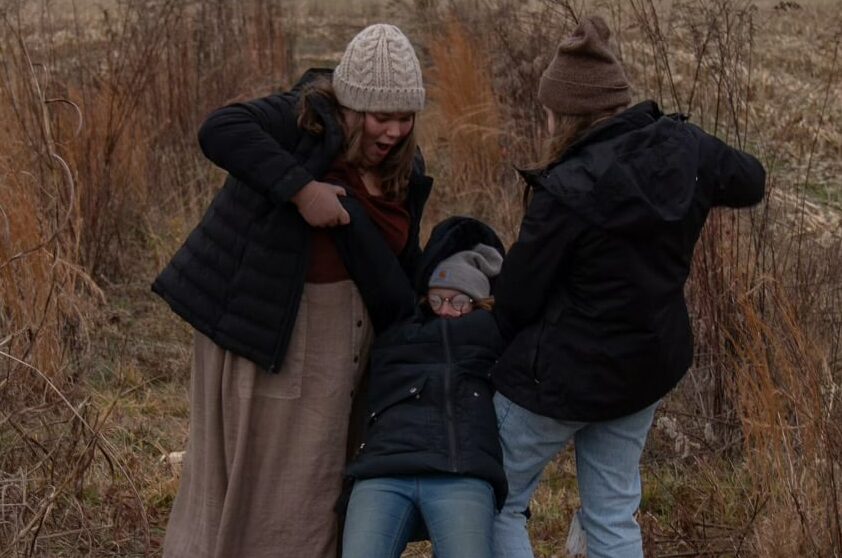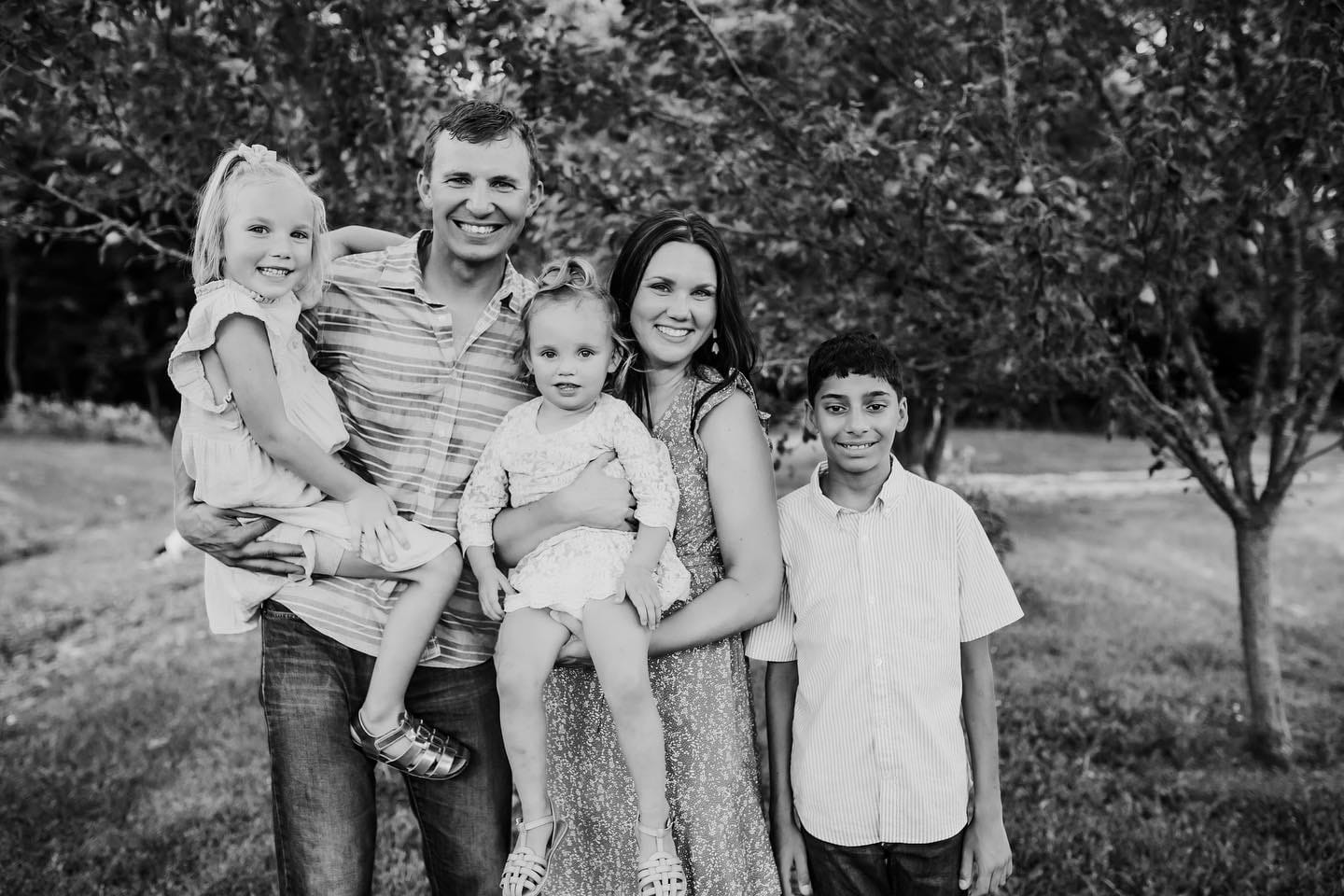
Written by Katie Lear
I’m a children’s trauma therapist as well as a hopeful adoptive parent.
It’s an odd combo: on one hand, I have years of experience working with hundreds of kids. On the other, I’m a first-time parent to be, so who am I to pass judgment on anything?
While I can’t claim to be an expert on every aspect of adoption, I hope I can share what has been personally helpful to me. Here are 3 tips for families preparing for adoption, informed both by my training as a children’s counselor as well as my own personal experiences.
1. Expect a variety of responses from family and friends. When I got married, I was amazed at the strong emotional reactions—positive and negative—that I got from family and friends. My single girlfriends shared that it made them sad to see someone moving on to a new life stage without them, and my mother revealed that she had dreamed for years about a very specific vision for my wedding…that didn’t exactly gel with my own plans for the day. Major life events act like emotional “lightning rods” for the people around us. They bring up strong feelings and prompt others to reflect on their own lives. Adoption is no different. While I hope your adoption announcement is met with nothing but joy, be prepared for other responses, too: shock, concern, curiosity, and maybe even some negative comments. Just like my mom had privately dreamed of my wedding for years, your extended family may have had a vision for your future child that they will need to adjust.
2. Learn about trauma and how it affects children.
No matter how your child will join your family, understanding trauma will help you understand your child. Adoption is incredibly complex: it can be beautiful, it unites families, and gives children stability, resources, and love. It’s also an inherently traumatic experience, even for children who are adopted at birth or at a very young age.
It can be painful to think about, but being prepared gives us the best chance to help our children grow up feeling secure. I work with children who have lived through trauma every day, and I know it isn’t a life sentence: even children who have survived incredibly difficult experiences can thrive, and grow up to live happy and healthy lives.
Adoptive parents have likely heard of TBRI, but families at the beginning of their adoption journey may not be familiar. I can’t recommend The Connected Child or the online TBRI 101 course enough as a jumping-off point for learning about how to parent children with trauma in a way that is loving, consistent, and encourages attachment.
3. Use your waiting time wisely.
Many of us who are adopting face a long, impatient wait for a match. This can be a blessing in disguise: not all parents have as much advance notice to prepare themselves! I know it is personally easier for me to cope with the idea of months of waiting knowing that each passing month gives me more time to educate myself, so I can be the best parent I can be to my future child.
Taking the time to learn is especially important if you are considering transracial adoption, like I am. If you are in the same boat, now is the time to learn, reflect, and think about how you can hep your child grow up with a rich, positive racial identity. Any of Rhonda Roorda’s books, including In Their Voices or In Their Own Voices are a great place to start for this.
As a white parent, I know that books will not be enough to help me understand my child’s experience: as much as I wish I could, I won’t be able to teach my child everything he or she needs to know about race. I’m also using this time to identify people and places in my community that can provide racial mirrors and windows for my child.
Racial mirrors “reflect back” a child’s own identity to them: for example, books, movies, and friends who share a child’s own racial identity can help them see a place for themselves in the world. Racial windows give a child a peek into someone else’s culture or experience, allowing them to develop empathy and appreciate differences. Both are important for all kids, but for transracially adopted children racial mirrors are especially crucial.
This post is just the tip of the iceberg, but I hope it has given you new things to consider as you embark on this exciting, complicated, sometimes nerve-wracking path. If you’d like to learn more about how to help children with anxiety or trauma, I write about racial mirrors and all sorts of other topics on my child therapy website.
Check out Katie’s child therapy website.



